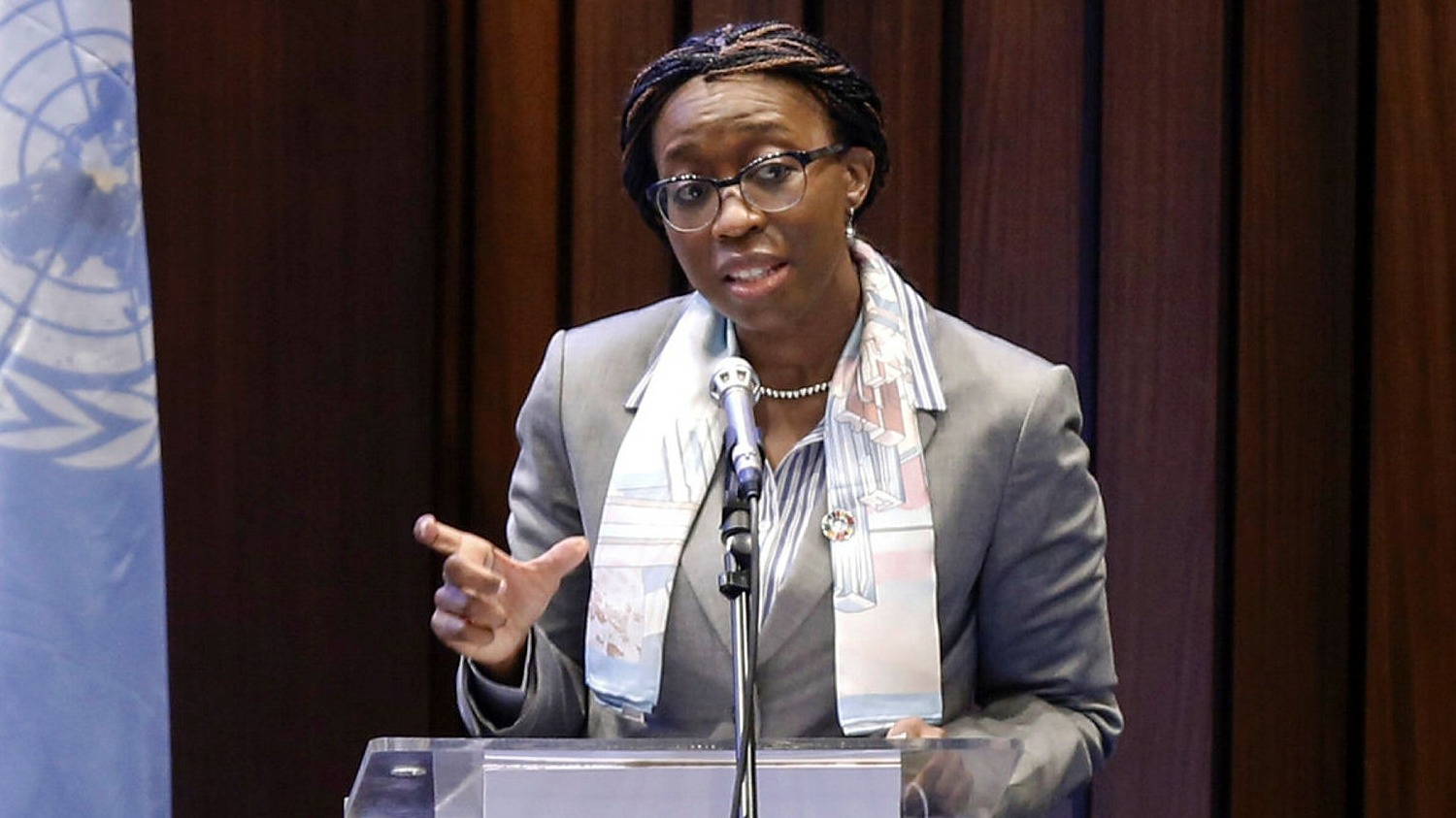The United Nations has launched a new finance mechanism that will save African governments nearly $11 billion in borrowing costs, while bolstering climate friendly investments and sustainable development.
The mechanism, known as the Liquidity and Sustainability Facility (LSF), was launched on the sidelines of COP26, the global climate conference ongoing in Glasgow, Scotland.
LSF will allow investors to use African government bonds issued in foreign currencies such as U.S. dollars and euros in repo transactions. Repo is a key feature of market plumbing in the developed world, but is less common in developing countries. It allows market participants to access funding by exchanging bonds for cash in transactions that are typically considered to be ultra-safe.
An initial $200 million transaction is planned for early next year with funding expected to be provided by the Africa Export-Import Bank, and investors including French asset manager Amundi interested in participating. LSF also expects to raise at least $3 billion from the $650 billion of special drawing rights created by the IMF in August to help low and middle-income countries weather the COVID-19 pandemic. Eventually, the funding will rise to $30 billion.
This facility could potentially save African governments up to $11 billion in borrowing costs over the next five years.
“Developed countries have long enjoyed the existence of large repo markets for their government bonds, facilitating the creation of stable and additional funding sources,” said Egypt Finance Minister Mohamed Maait.
“With the LSF, our aim is to be able to provide the same sort of liquidity-supportive environment to African governments and private investors alike.”
It will look to incentivize green- or development-linked investments such as green bonds or bonds linked to sustainable development by offering better terms for its loans when they are backed by these kinds of instruments, David Escoffier, LSF board director, said.
This will incentivize investors to buy them and, in turn, African governments to issue them, he added.
The facility also aims to encourage the issuance of green bonds or sustainability-linked bonds by Africa governments, by offering investors favorable terms for using them as collateral in repo transactions. Such debt currently comprises just 1% of the total bond market across Africa and the Middle East.
“Today Africa needs more liquidity than ever before to finance its recovery and to invest in a bold, and sustainable environment,” Vera Songwe, Executive Director of the United Nations Economic Commission for Africa (UNECA) said. African bonds, along with other emerging market debt, plummeted in price during the early stages of the coronavirus crisis in March 2020 as panicked investors fled to the safety of cash.
Even debt issued by countries with sound finances was punished disproportionately, said Jay Collins, vice-chair of banking, capital markets and advisory at Citi, which is advising UNECA on structuring the LSF.
“Asset stabilisation mechanisms have come from central banks in the developed world, so the hope is to create appropriate, systemically important liquidity mechanisms for the emerging markets, beginning in Africa,” Collins said.
“If we do this right, it can catalyze more sustainability bonds.”

